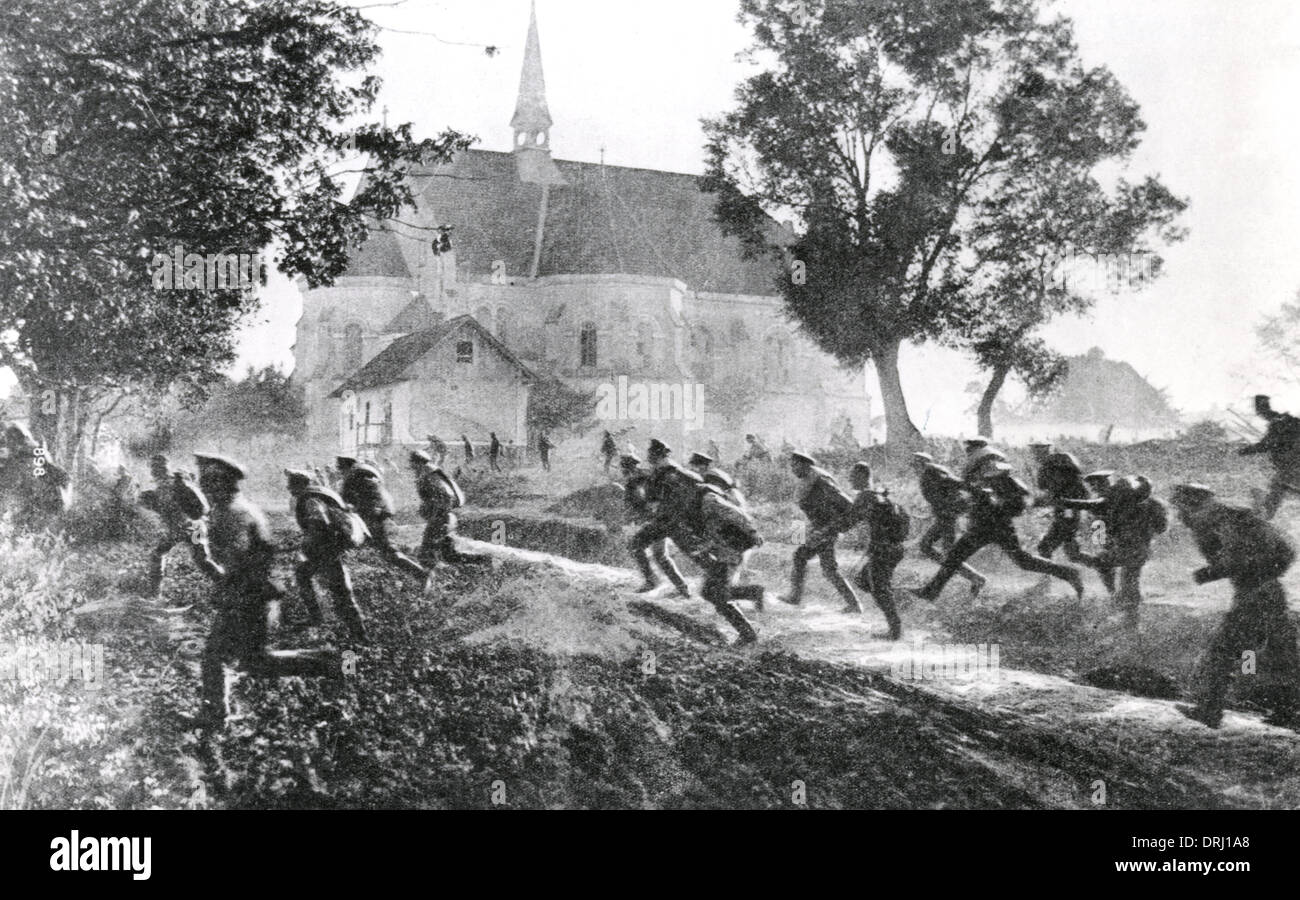
Field grey uniforms had been introduced in 1910 and was lighter and less green than that which became common during the war. Nominal war time establishment for a regiment was 3,307 all ranks with 59 wagons. These numbers were for other ranks, and did not include machine-gun companies. It was estimated that battalion strengths were around 750 (March 1917), 800 (end 1917), 850 (1918). Sections comprised two squads each with 8 men and a lance-corporal. Companies were split into 3 platoons which were divided into four sections.
#GERMAN CAVALRY WW1 GAS MASK PLUS#
Each Battalion had 4 companies plus a machine-gun company. German Infantry: Regiments were made up of 3 Battalions. During the course of the war there was some alteration to this when divisions were cut from 4 to 3 regiments around mid-1915. A corps therefore was theoretically around 24,000 men. Two brigades made a division and two divisions made an army corps.
#GERMAN CAVALRY WW1 GAS MASK FULL#
Initial German infantry organisation: German infantry regiments (see full article for strengths) were placed in pairs to form brigades. Die Deutsche Übersetzung der Street Violence Regeln.STREETFIGHT (Modified version of Bryan Ansell's RWNN).

Russian Napoleonic Flags by Kevin Dallimore.Hoist the Black Flag (Pirate Flags by Kevin Dallimore).Renaissance Flags 1 (Imperialist and Spanish).Medieval Livery Flags of the Hundred Years War & Wars of the Roses.Great War German Cavalry Guide (John French and Kevin Dallimore).Viking Painting Guide by Kevin Dallimore.Spartan Painting Guide by Kevin Dallimore.Painting a Prussian Grenadier with Foundry Triads by Kevin Dallimore.Ex Citadel/Games Workshop Fantasy/Sci-Fi.




 0 kommentar(er)
0 kommentar(er)
